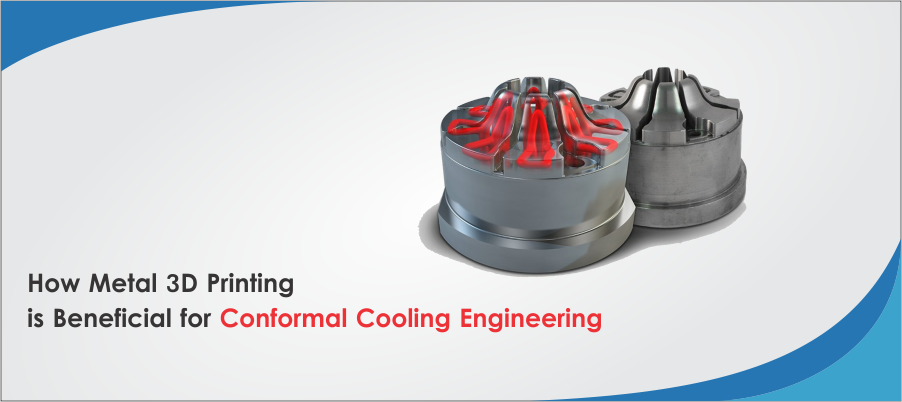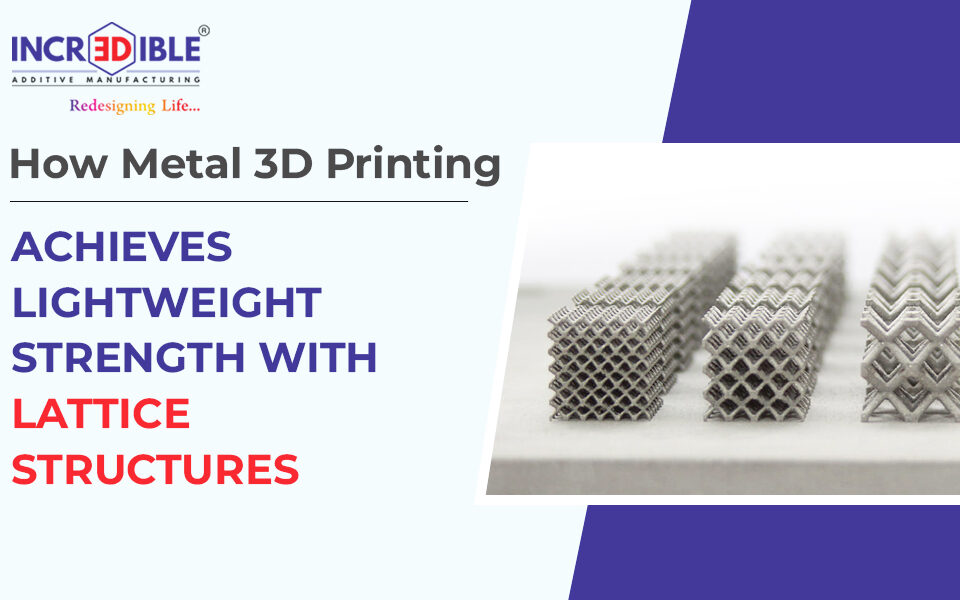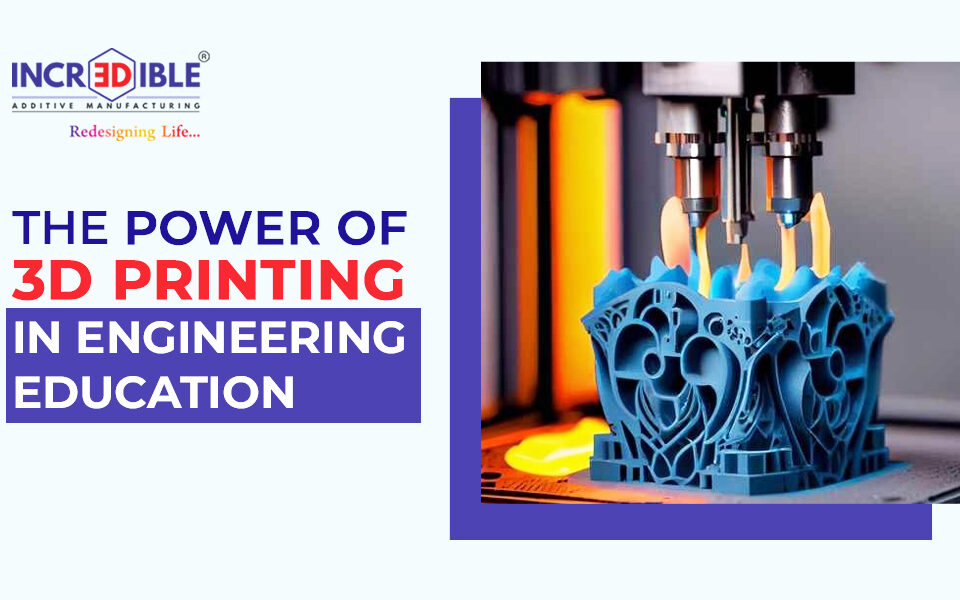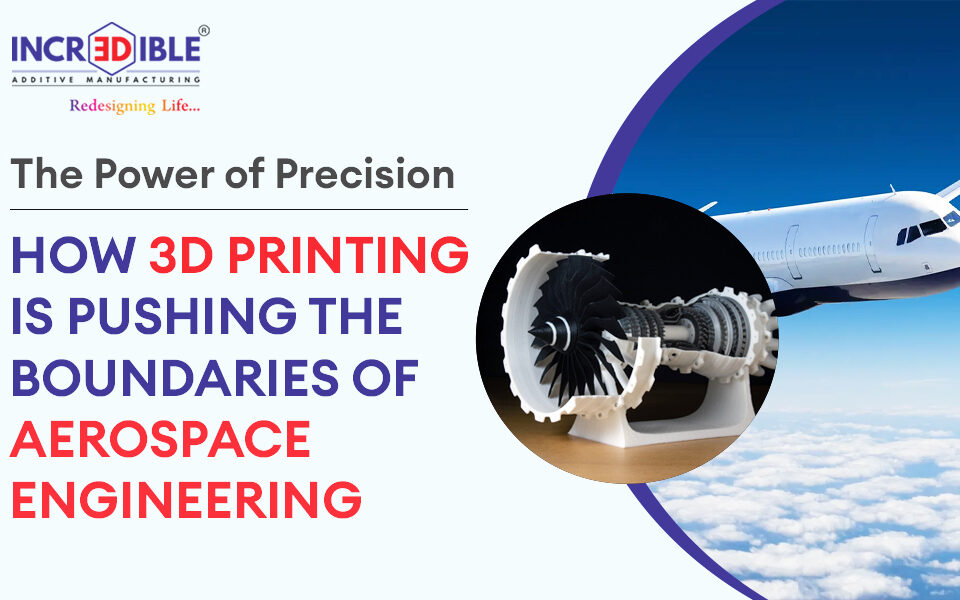Metal 3D printing has various advantages across different industries and manufacturing processes. Metal 3D printing is smoothly replacing the traditional manufacturing processes which have many limitations. Complex geometries and dimensional accuracy are two strong requirements in tooling production, especially with regards to plastics injection molds.
Conventional cooling channels are machined in straight lines which produces inconsistent results because they cannot provide reliable cooling all over the mold cavity. Non-uniform cooling across parts leads to longer cycle times, higher production costs, warpage and wastage. Additive Manufacturing technology removes geometrical constraints and allows production of complex features in a single step, which is perfect to generate conformal cooling channels in injection molds, which have been difficult to execute with the conventional techniques.
What is Conformal Cooling?
Conformal cooling is a process in which the cooling passageway follows the shape of the cavity and moulds core to promote temperature uniformity and perform rapid uniform cooling process for injection molding process.
Complex geometry plastic parts take longer time for cooling. Also, curved surface and varying wall thickness of plastic part hinders uniform cooling which results in residual stresses built-up which causes warpage. In such complex geometries, achieving uniform cooling is challenging with conventionally straight drilled channels. Conformal cooling channels can be 3D printed in a variety of cross sections such as rectangular, circular, elliptical, half-circular, etc. and exactly as per part’s cross section.
Conformal Cooling Process:
The conformal cooling process can be easily understood in the following 4 steps –
- Part selection: The first step is to select an injection molding plastic part and evaluate fill time and pack time on FEA software package.
- Analysis: Now analyze cooling time, volumetric shrinkage and deflection with traditionally designed cooling channel.
- Designing: The next step is to design the conformal cooling channel by referring to the data given by previous analysis.
- Printing: In the final step, analyze cooling time, volumetric shrinkage and deflection with the conformal cooling channel. Compare results and print the mould insert as per the result gained from the analysis.
Benefits of Conformal Cooling:
There are several benefits of using additive manufacturing for conformal cooling such as improved product quality, energy savings, scrap reduction, productivity and overall efficiency. Using Additive Manufacturing for conformal cooling is more effective when the production volume is large and the parts have complex geometry. When using 3D printing, an excellent surface finish can be acquired, cycle time can be reduced drastically as much as 70% in some cases, and production costs can be lowered significantly. There are various other benefits, which are as follows:
- Improved dimensional stability of parts.
- Minimum warpage and shrinkage of parts.
- Increased production by up to 50%
- Improved surface finish quality of plastic parts.
- Increased tool life by 1.3-1.8 times compared to traditional tooling.
- Minimum thermal gradient throughout the part while cooling.
- Significant reduction in part rejection.
- Reduced resources required for the production such as labor, the number of machines, space and energy.
- Faster delivery time.
Application Industries:
Metal 3D printing assisted Conformal Cooling Channel has been used in the following manufacturing processes.
- Plastic Injection Molding: Cooling system improvement is an emerging area of research in plastic injection molding. The injection molding process is cyclic in characteristic. Filling, packing, cooling, and ejection are the steps of the injection molding process. Among the number of stages involved in injection molding of plastics, the cooling stage is a very important stage as it affects the productivity and mold quality.
- 2. Pressure Die Casting: Conformal Cooling Channel in die casting application improves the surface finish of castings due to a reduced need for spray cooling, which is allowed by a higher and more uniform cooling rate. Other benefits include reduction of cycle time and shrinkage porosity.
Conclusion:
Metal 3D printing has helped enormously in the conformal cooling process to increase the productivity and quality of plastic parts. Injection molding is an effective manufacturing technology in itself, but it has room for improvement, and additive manufacturing can make it more efficient.




